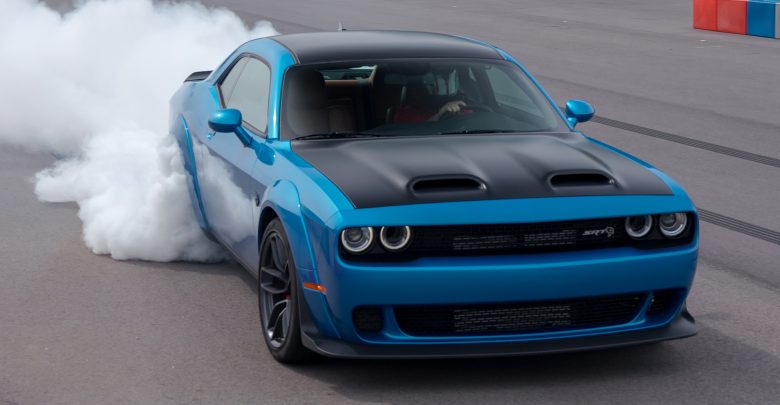
Back in February, we discussed the newly formed Stellantis group’s decision to disband the Street & Racing Technology (SRT) division. While a lot of people refused to read into the details, the SRT lineup is alive and well. The SRT engineering team has since been reorganized within the company to work on high-performance vehicles across the new company’s fourteen different brands.
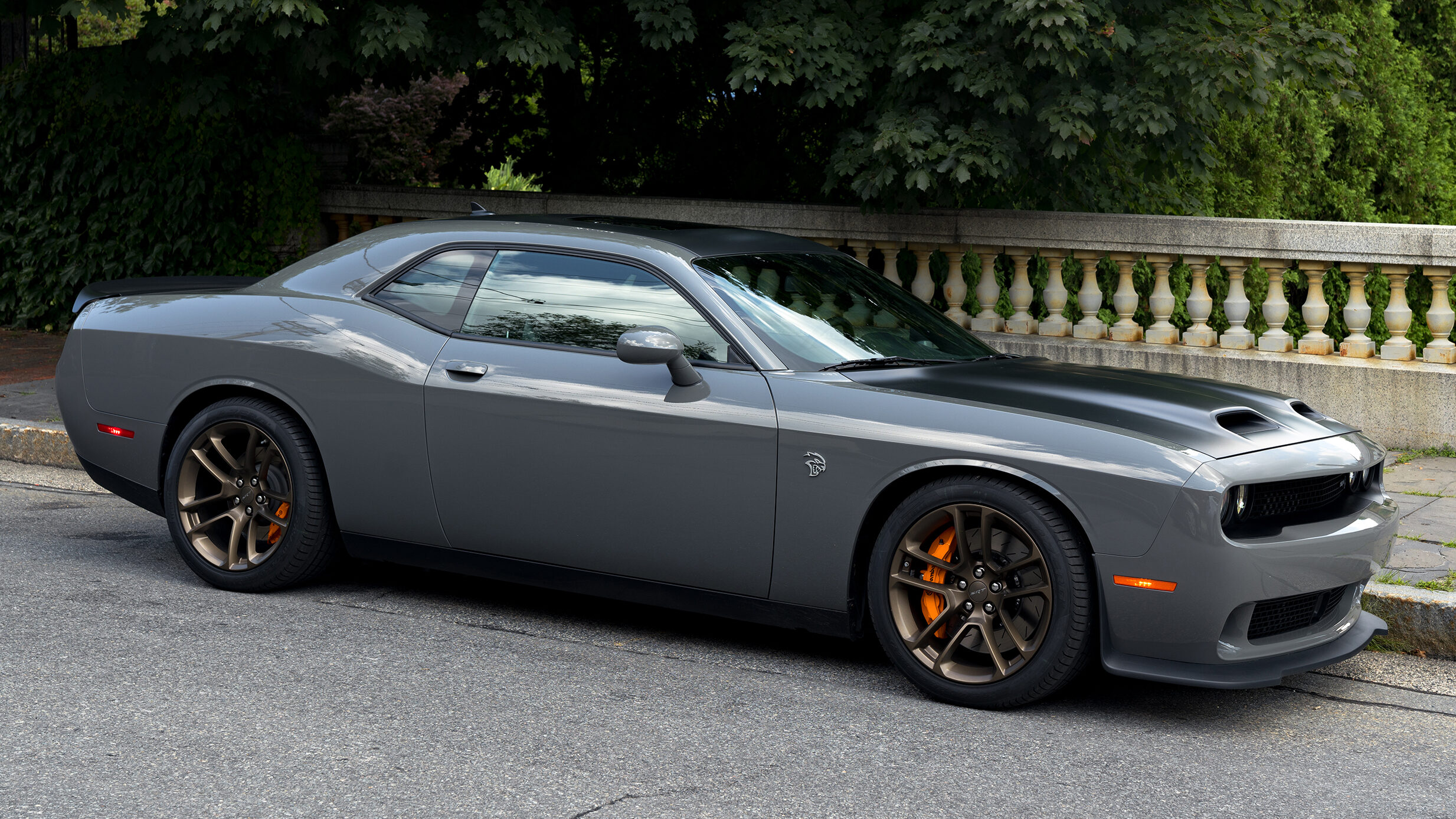
Autoweek happened to sit down with Dodge//SRT CEO Tim Kuniskis this week, to get the details on the company’s decision to reorganize the SRT engineering team throughout the company. He also confirmed that just because the SRT engineering team is “no longer be sitting in the same office together”, it doesn’t mean the SRT lineup is dead.
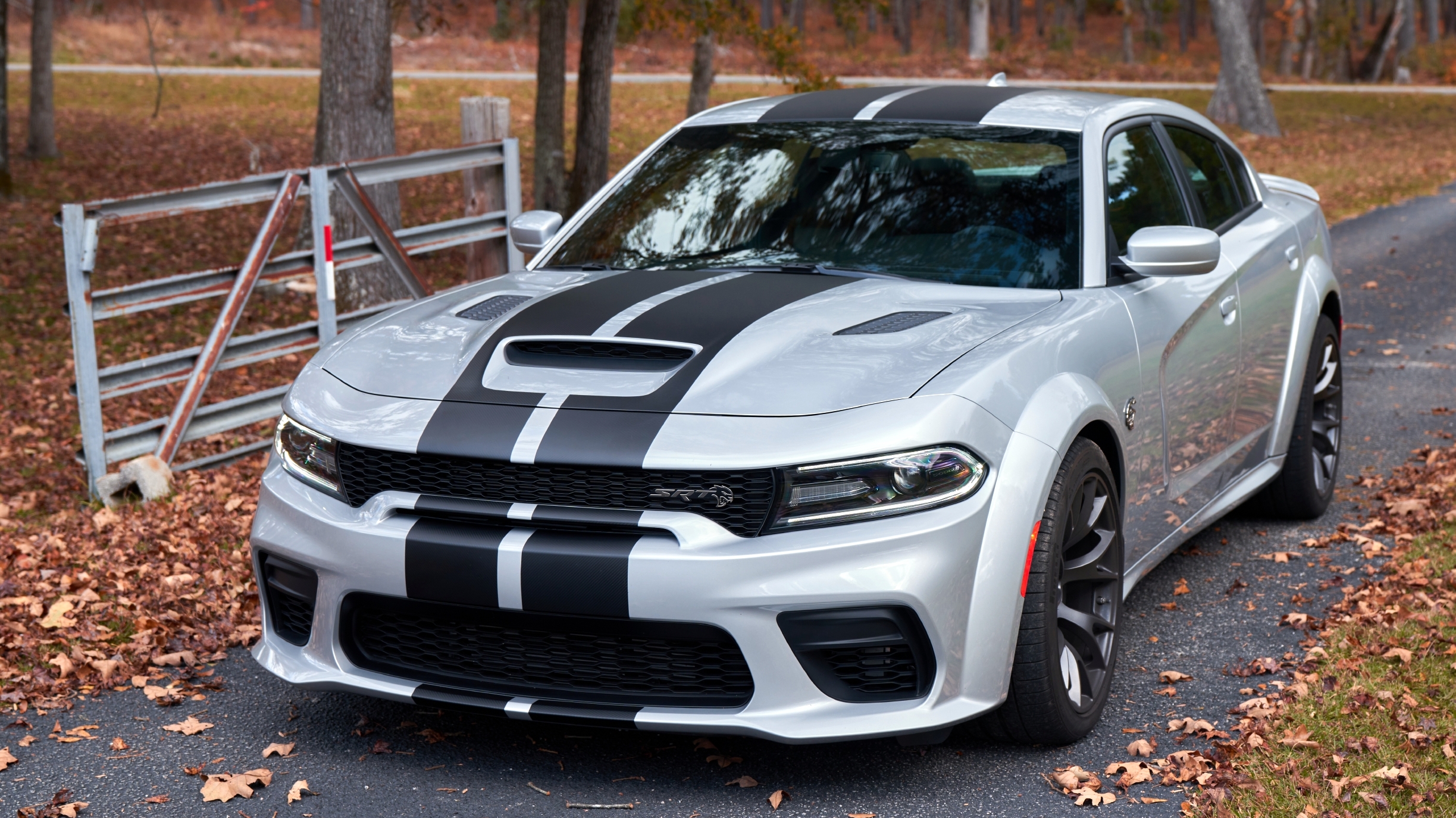
“We took this core group of people that were sitting in one building where guys were working on TRX in one area, and Rubicon 392 in another area, and Chargers and Challengers in another area, and sent the TRX group to work with the Ram engineers, the Rubicon 392 group to work with the Wrangler engineers and so on,” Kuniskis said.
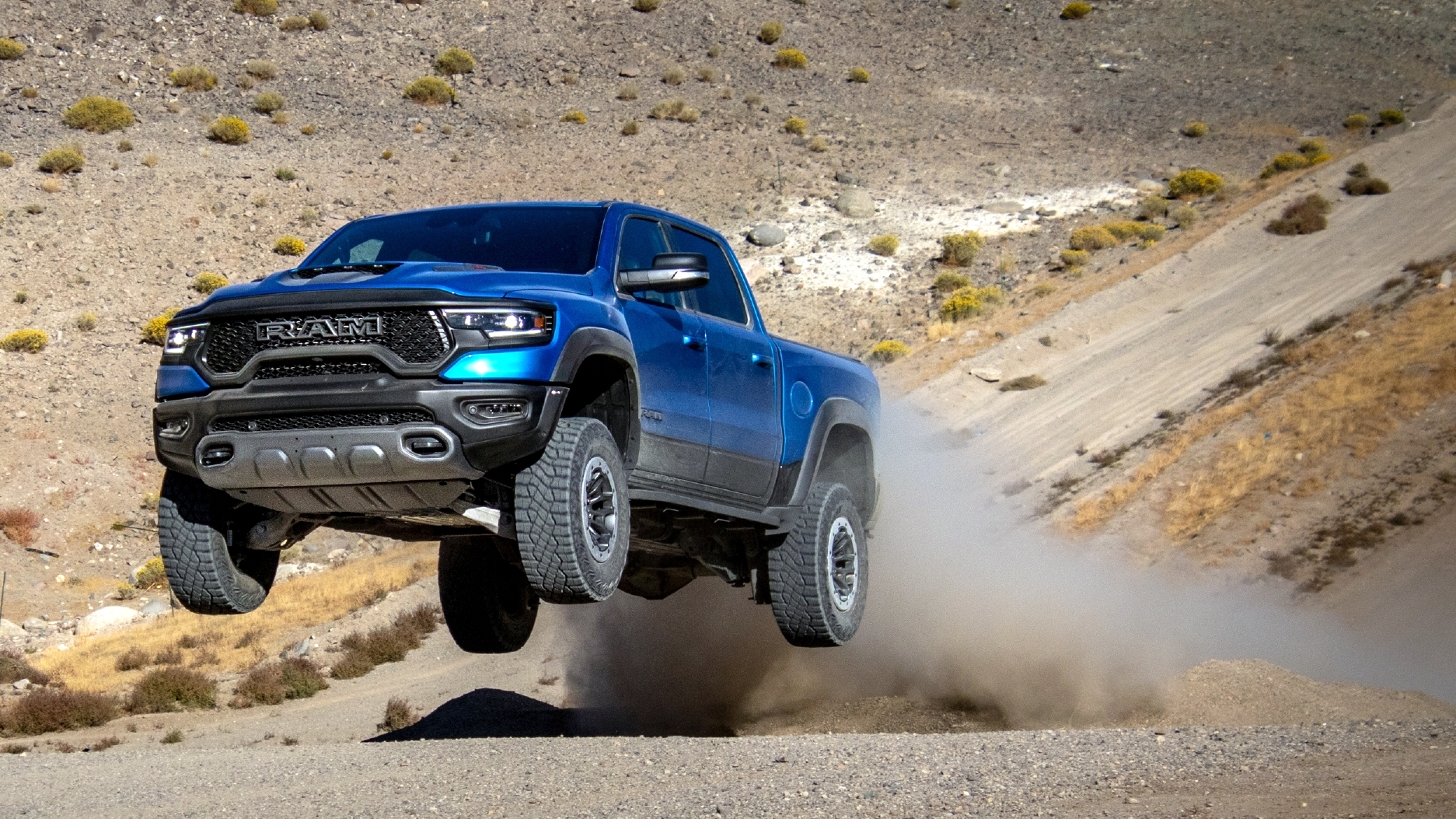
“People looked at that change and said ‘SRT is being disbanded.’ Absolutely not. It’s the opposite. It’s the right thing to do for performance because SRT today is a sub-brand within Dodge. The highest trims are SRTs. It goes from [the] base and rises to SRT. The highest performance of any of our lineups are SRTs,” Kuniskis went on to say.
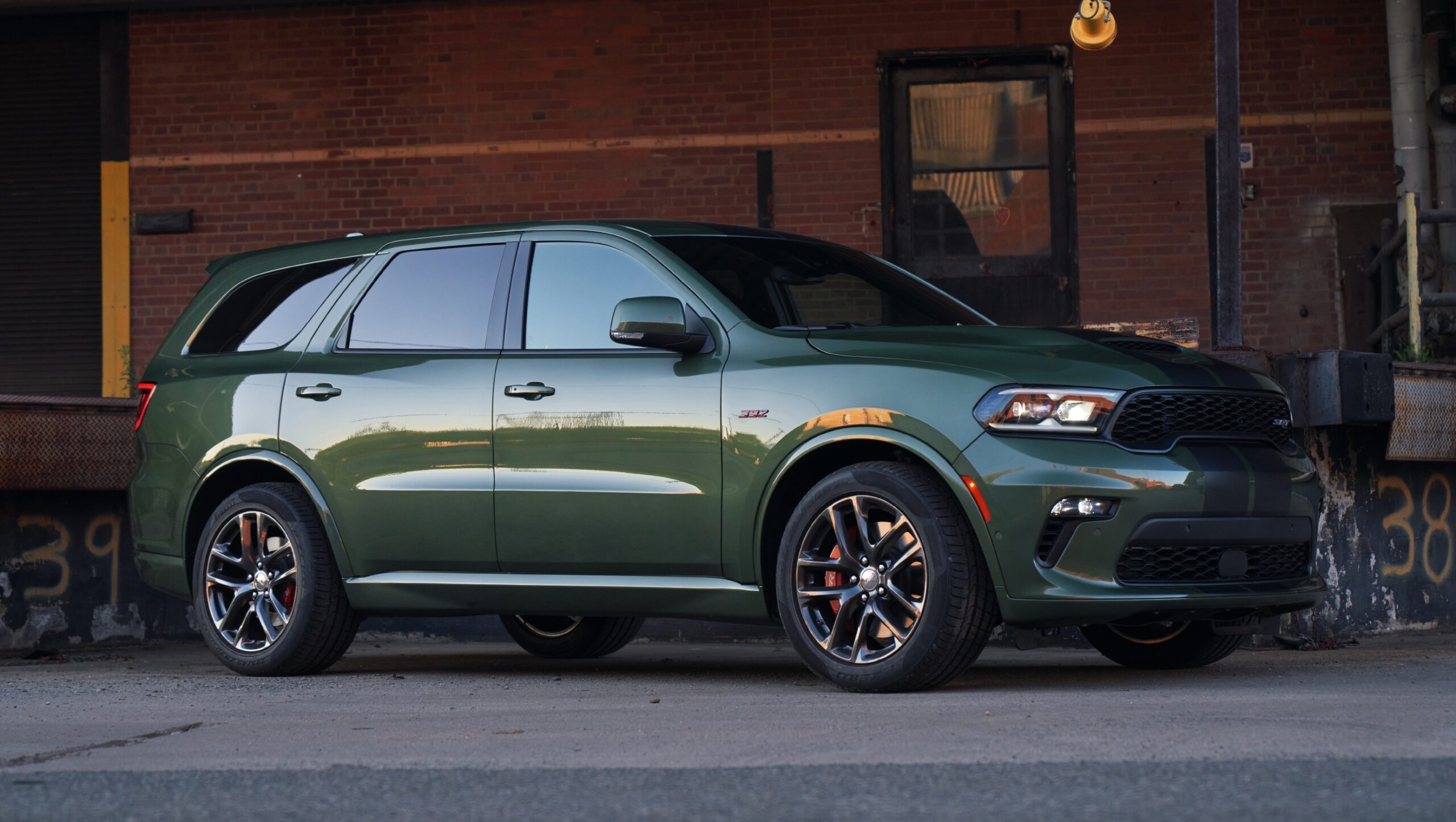
Kuniskis also discussed the future of the SRT brand and the company’s move to electrification. He confirmed that he thought electrification is a “great thing for SRT”. Kuniskis himself is known for being one of the company’s management heads who is a true gearhead. So it is a positive note to see that the SRT part of the Dodge brand will continue on after Dodge adapts to Stellantis’ recent announcement of electrification by 2030.
You can read about the entire interview over at Autoweek.
Source: Autoweek

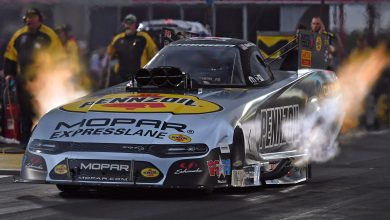
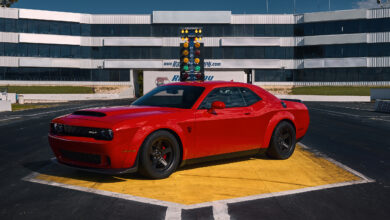

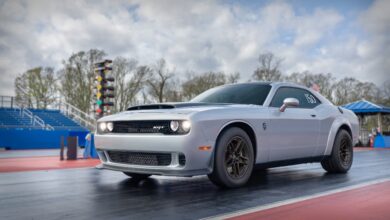

6 replies
Loading new replies...
Join the full discussion at the Mopar Insiders Forum →